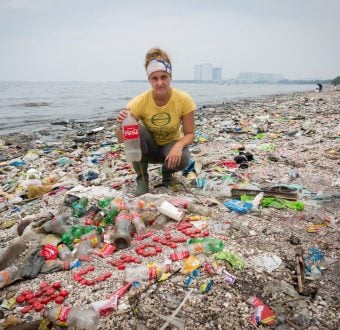In March, with the clock ticking on the current administration, the EPA finally rolled out amendments to safety regulations for chemical plants in response to President Obama’s August 2013 Executive Order 13650, which stemmed from the deadly April 2013 explosion at a fertilizer facility in West, Texas. Fast forward to May 13, 2016 when the public comment period ends on EPA’s proposed rule changes and the major question is: will it be too little too late? After all, the final rule won’t be published until late this year.
So why has EPA’s response to the Executive Order taken so long? After all, any new regulations finalized after the middle of this year will be in danger of reversal next year by the new Congress or President.
This is especially disappointing because President Obama’s record on this issue is far better than the EPA’s proposed rule. Let’s take a closer look. In 2006, Obama spoke on the senate floor in favor his bill saying “These plants are stationary weapons of mass destruction spread all across the country.” So it came as no surprise that in 2008, while campaigning on the platform of Change We Can Believe In, he promised to “secure our chemical plants by setting a clear set of federal regulations that all plants must follow, including … wherever possible, using safer technology, such as less toxic chemicals.” This is a position he and his administration have elaborated on for many years.
In 2009, Peter S. Silva, EPA Assistant Administrator for Water, submitted testimony advocating the use of inherently safer technologies (IST) for all high-risk chemical facilities. In 2010, Cynthia Dougherty, Director of the Office of Ground Water and Drinking Water of the Office of Water followed suit. Rand Beers, DPHS Undersecretary also testified in favor of IST in 2011. Keep in mind that in the last 10 years, there have been more than 1,500 incidents, costing more than $2 billion in property damage.
I have blogged about this before but it bears repeating that EPA’s rule utterly fails to address the need to prevent future disasters by requiring what the President has long advocated; ensuring that high-risk chemical plants adopt the safest available technologies (chemicals or processes) where ever they are feasible. This is the only fool proof way to protect the millions of workers and community residents currently in danger.
So as the sun sets on the Obama administration, there will likely be many questions as to the legacy that will remain. Certainly, the issue of chemical security, which is so intrinsically linked to national security, health and environmental justice, would be at the forefront of the President’s agenda as he prepares to transition to his future endeavors. He championed more stringent regulations in the Senate and campaigned on it during his successful 2008 presidential bid.
Now, more than ever, is the time to establish regulatory precedent and solidify a legacy of making good on promises.





